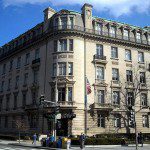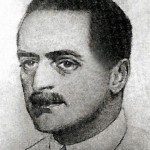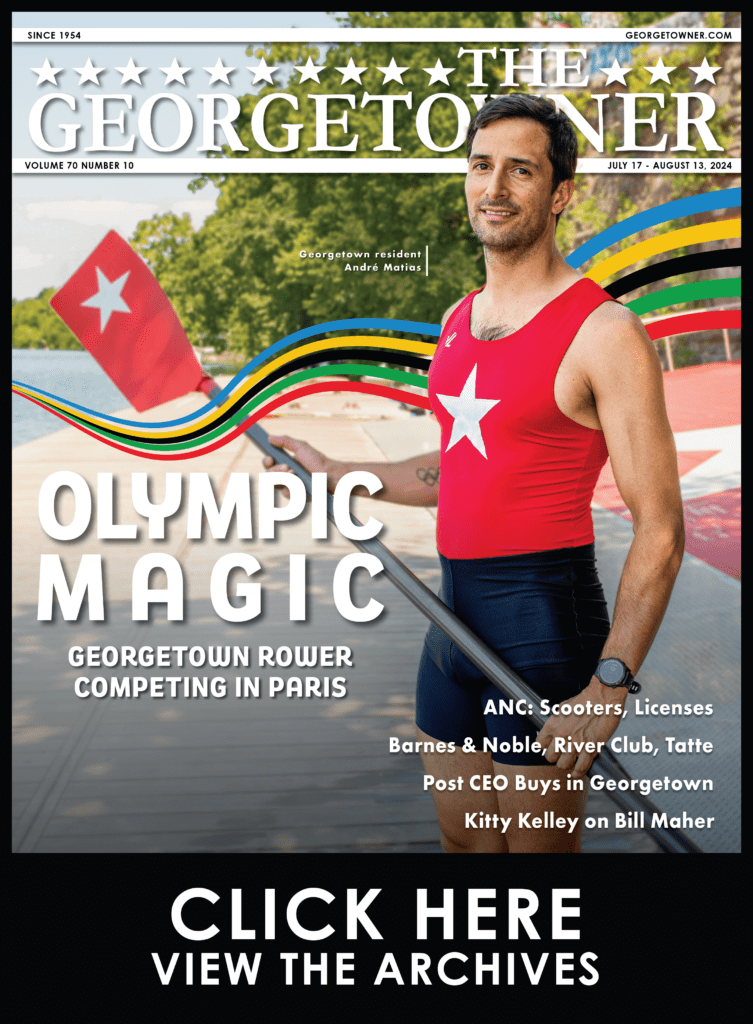Under the French Influence of Jules de Sibour
By • June 18, 2013 0 1931
In the 6th arrondissement in Paris, where the rue des Beaux-Arts meets rue Bonaparte, stands a venerable building which was more influential on architecture in Washington than any other institution, present or past. The Ecole des Beaux-Arts was the training ground for so many great American architects in the Gilded Era of Washington, including the charming maestro of Beaux Arts architecture, Jules Henri de Sibour.
Jules de Sibour had an American mother and a French father, who was a direct descendent of France’s King Louis XVI. He grew up between France and the U.S., going to prep school in New Hampshire, then on to Yale, and following in his father’s footsteps, married an American, a Washingtonian named Margaret Claggett.
De Sibour joined his older brother at the renowned architectural firm of Ernest Flagg and Bruce Price, who designed one of the best-known Beaux Arts buildings in the world, the Hotel Frontenac in Quebec. Price convinced de Sibour to go to Paris and get the proper training at the Ecole. He studied there for 18 months. When he came back to New York, he quickly gained a name for himself, and since he began to get more commissions in Washington, moved here in 1910, to make his mark on the city just at a time when merchant princes from all over the country wanted a grand mansion in the nation’s capital.
His interpretations of the Beaux Arts design have never been equaled, especially in the way he fit the buildings to the District’s angular corners, an inheritance from one of de Sibour’s French predecessors, Pierre L’Enfant, also a student of the Ecole. A fine example of de Sibour’s genius is his design of the McCormick Apartment Building, which seems to flow around the corner at 1785 Massachusetts Avenue NW. The perfectly balanced and designed exterior is the best of Classic design with the decoration of Beaux Arts flawlessly incorporated. Now it is home to the National Trust for Historic Preservation, a group uniquely suited to appreciate its workplace.
De Sibour’s accomplishments go on and on, including the Thomas Gaff House (Columbian residence), the Wilkins house (Peruvian Embassy), the Jefferson Hotel, the French Embassy, the original Folger Theater Building and the Clarence Moore house at 1746 Massachusetts Avenue, NW (now the Uzbekistan Embassy). De Sibour became friends with Clarence Moore, who was also Master of Hounds at the Chevy Chase Club, and who commissioned de Sibour to design the main building for the club. Moore famously met an early demise, when he went to England to buy hunting hounds and decided to come back on the R.M.S. Titanic.
De Sibour went on to be a regular at the club. The descendent of Louis XVI became its star baseball player and — between designing buildings — spent many happy summer days enjoying the ultimate American pastime.
Donna Evers, devers@eversco.com is the owner and broker of Evers & Co. Real Estate, the largest woman owned and run real estate firm in the Washington Metro area; the proprietor of Twin Oaks Tavern Winery in Bluemont, Virginia; and a devoted student of Washington history.



